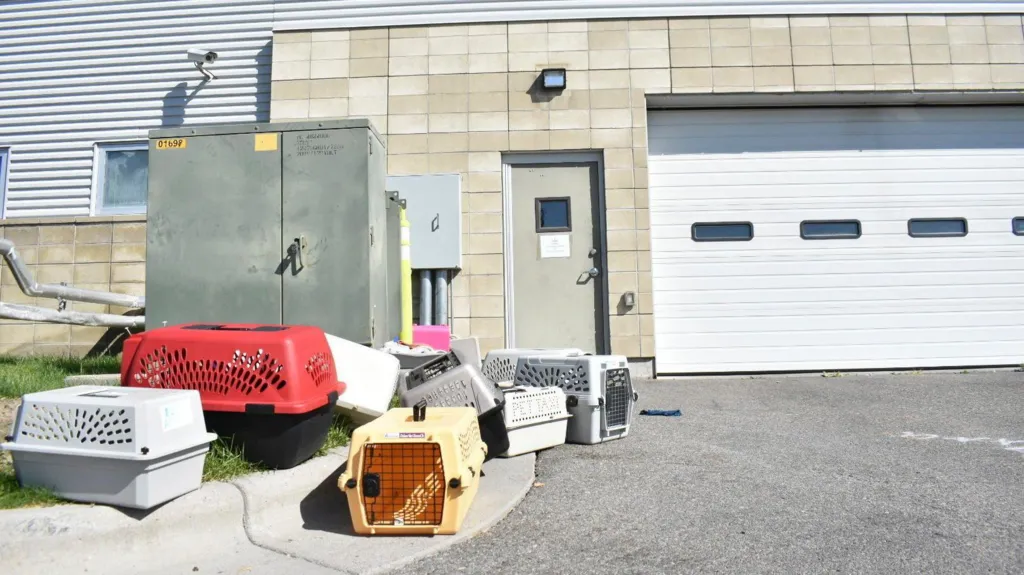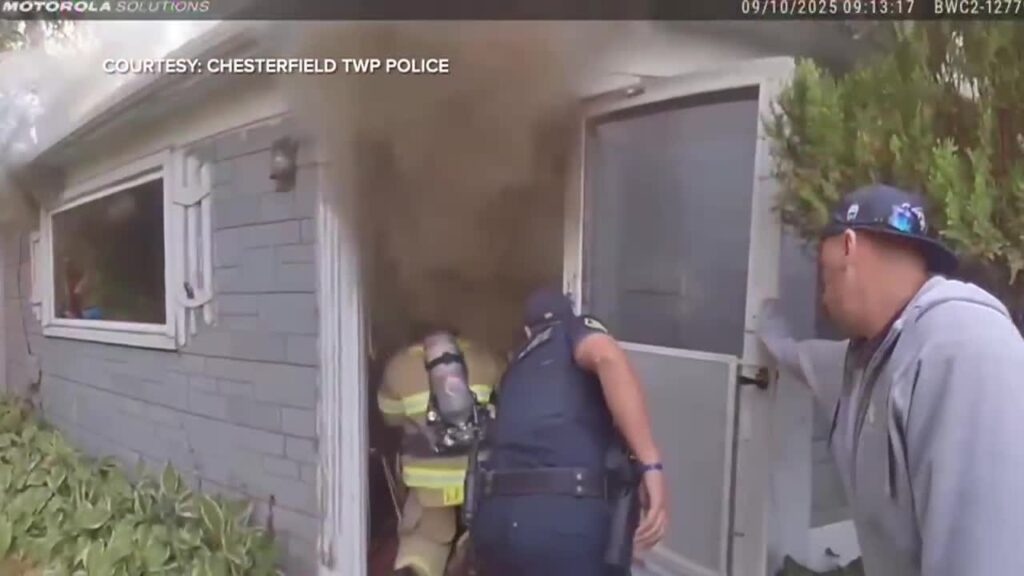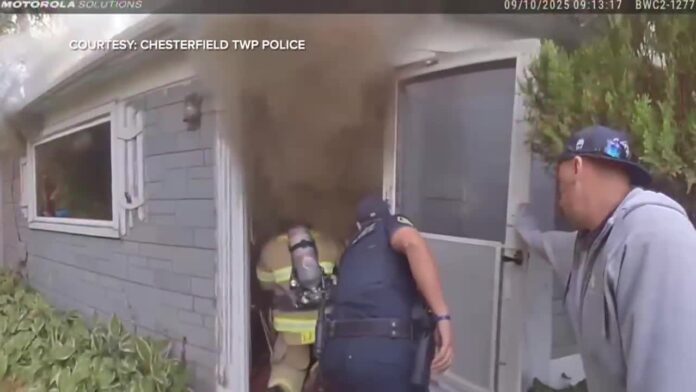FBI Meth Furnace Incident Hospitalizes 14 Workers
The FBI meth furnace incident in Billings, Montana, has sparked outrage and concern after 14 employees at the Yellowstone Valley Animal Shelter were hospitalized. The accident happened when the FBI used the shelter’s incinerator, normally meant for euthanized animals, to burn two pounds of seized methamphetamine.
Instead of safely disposing of the drugs, the process caused dangerous smoke to spread through the facility, affecting both humans and animals. Staff members, along with about 75 cats and dogs, were forced to evacuate.

What Happened During the FBI Meth Furnace Incident?
According to local officials, negative air pressure caused smoke from the incinerator to flow back into the shelter rather than safely venting outside. This filled the building with toxic fumes, putting everyone inside at risk.
Shelter staff quickly sprang into action, putting on masks and rescuing animals before evacuating themselves. Several employees were exposed to smoke for over an hour, with many reporting dizziness, nausea, and breathing difficulties.
All 14 affected workers were rushed to the hospital, where they underwent treatment in hyperbaric oxygen chambers for around three hours to counteract smoke inhalation.
FBI Meth Furnace Incident and Its Impact on Animals
The FBI meth furnace incident didn’t just endanger humans. Nearly 75 animals—cats, dogs, and several litters of kittens, were also exposed to the toxic fumes.
According to Yellowstone Valley Animal Shelter’s executive director, Triniti Halverson, the animals most affected are being closely monitored by veterinarians. Four litters of kittens that were in a closed room during the smoke incident are under particular watch.
Many animals have since been relocated to foster homes or temporary shelters while the facility undergoes decontamination.
Shelter’s Response to the FBI Meth Furnace Incident
In a heartfelt statement, Halverson said she was blindsided by the FBI’s decision to use the incinerator for narcotics disposal.
“I can firmly and confidently say that, as the Executive Director, I did not know that they were disposing of extremely dangerous narcotics onsite,” she said. “My team and my animals had been confirmed to have been exposed to meth.”
Calling the incident “heartbreaking,” she also urged the public to help the shelter recover by donating supplies such as food, blankets, and bottles.
Why the FBI Uses Furnaces for Meth Disposal
FBI spokesperson Sandra Barker explained that the agency often relies on external facilities for controlled drug burns. While incineration is a standard practice for destroying narcotics, the FBI meth furnace incident highlights the risks of using facilities not specifically designed for hazardous materials.
Normally, specialized high-temperature incinerators ensure complete destruction of narcotics without releasing harmful fumes. In this case, however, the shelter’s equipment was not adequately suited for the job, leading to dangerous consequences.
Health Risks Exposed in the FBI Meth Furnace Incident
Methamphetamine smoke exposure is highly toxic. Even brief contact can cause symptoms such as dizziness, nausea, headaches, and difficulty breathing. Extended exposure increases risks of neurological damage and respiratory illness.
The 14 shelter workers, who were exposed for more than an hour, required immediate hospital care. While all are expected to recover, medical experts emphasize that long-term effects cannot be ruled out.
The FBI meth furnace incident has raised questions about workplace safety and whether law enforcement agencies should better assess risks before involving civilian facilities in drug disposal operations.
Fallout From the FBI Meth Furnace Incident
The Yellowstone Valley Animal Shelter has been temporarily shut down for decontamination, which could take two to four weeks. Restoration crews are working to remove toxic residue from walls, furniture, and air ducts.
Meanwhile, the shelter staff and volunteers are displaced. “We are lost and homeless,” Halverson said. “For many of us, staff, volunteers, and fosters, YVAS is our safe space.”
The incident has left the community rallying around the shelter, with donations pouring in to support both the recovery effort and the temporary care of animals.
Legal and Public Backlash Over the FBI Meth Furnace Incident
Public anger is growing over how the FBI handled the situation. Many community members are questioning why a shelter, home to vulnerable animals and staffed by civilians, was chosen as the site for meth incineration.
Civil rights groups and animal welfare advocates are calling for a full investigation. Some are urging stricter guidelines for law enforcement agencies to prevent similar accidents in the future.
Lessons Learned From the FBI Meth Furnace Incident
The FBI meth furnace incident is now a case study in how poor planning can create unnecessary hazards. Key lessons include:
-
Civilian facilities should not be used for narcotics incineration without proper safeguards.
-
Emergency preparedness must account for both humans and animals.
-
Transparency between federal agencies and local organizations is critical.
-
Decontamination processes should be immediate to prevent long-term exposure.
The tragedy also sheds light on broader issues of accountability within law enforcement, particularly when decisions directly impact public safety.

Looking Ahead After the FBI Meth Furnace Incident
As the shelter recovers, the spotlight remains on the FBI’s role in the accident. Officials say the incident is under review, but no formal apology has yet been issued.
For now, Yellowstone Valley Animal Shelter continues to rely on community support. Volunteers, donors, and foster families are stepping up to ensure that animals displaced by the FBI meth furnace incident remain safe and cared for.
This event serves as a sobering reminder that even well-intentioned actions by federal agencies can go disastrously wrong without proper oversight.
Conclusion: FBI Meth Furnace Incident Sparks Change
The FBI meth furnace incident in Montana was more than just a shocking accident, it was a failure of communication, safety planning, and responsibility. With 14 workers hospitalized and dozens of animals endangered, the event has left scars on both the community and the shelter.
But it may also lead to reform. As investigations continue, advocates hope this tragedy will push agencies to adopt stricter safety protocols and prevent similar risks in the future.
For now, the people of Billings are left picking up the pieces, and proving that community resilience can shine even in the darkest moments.

